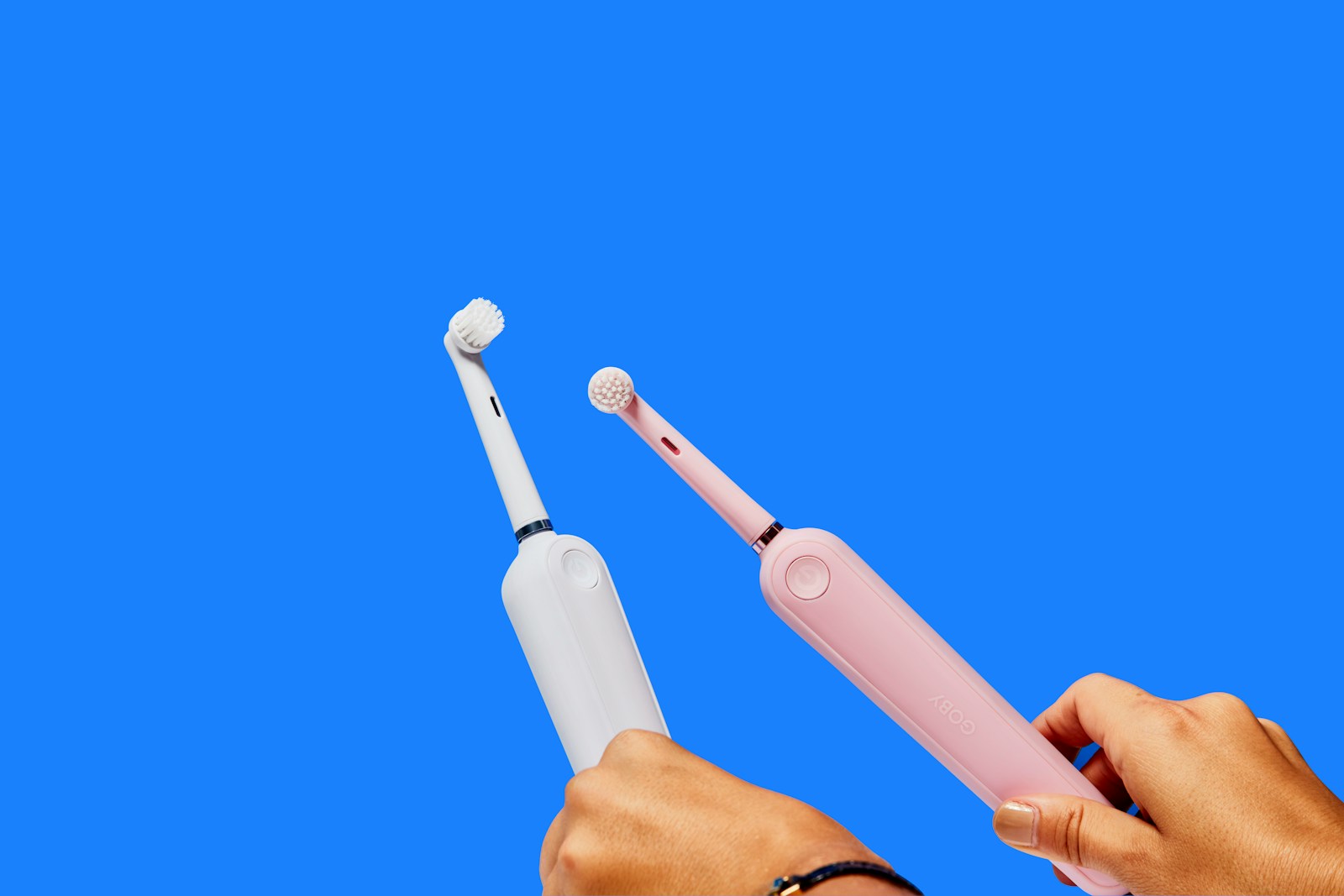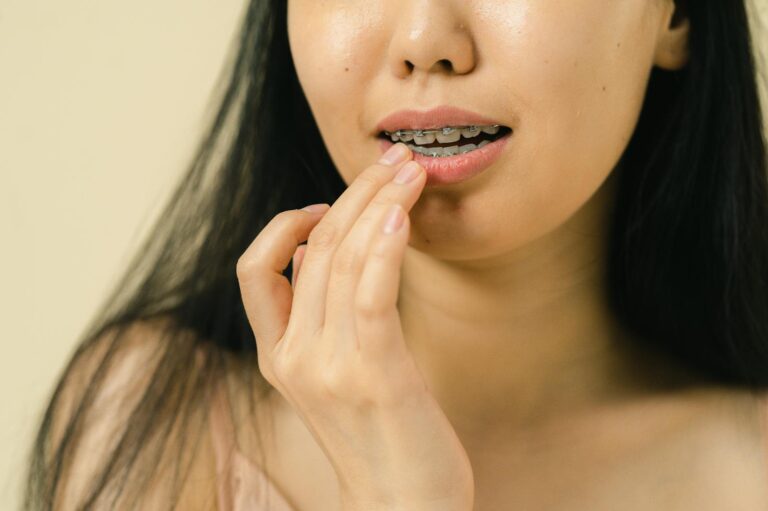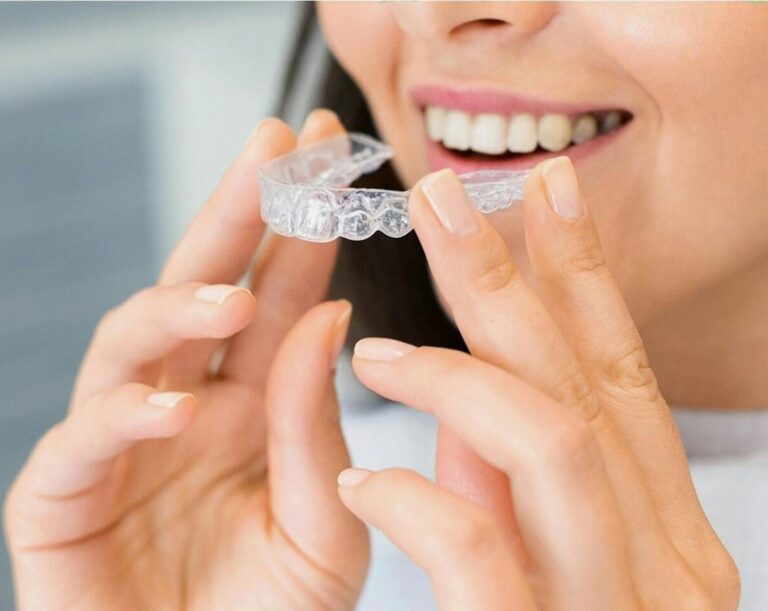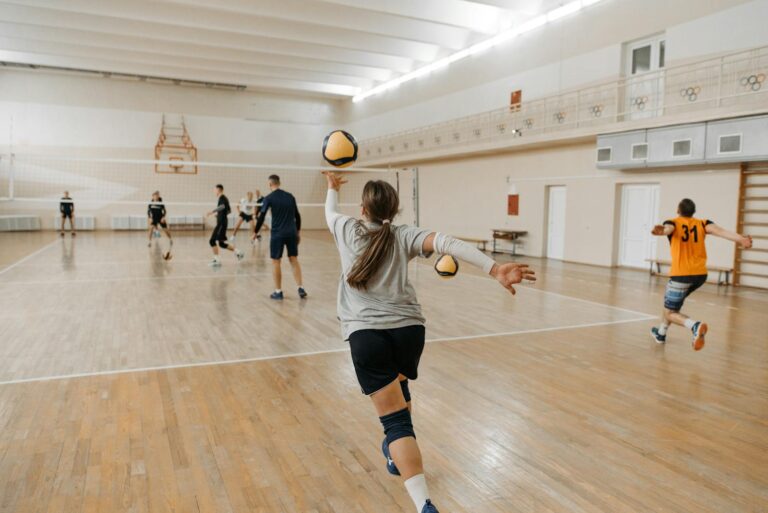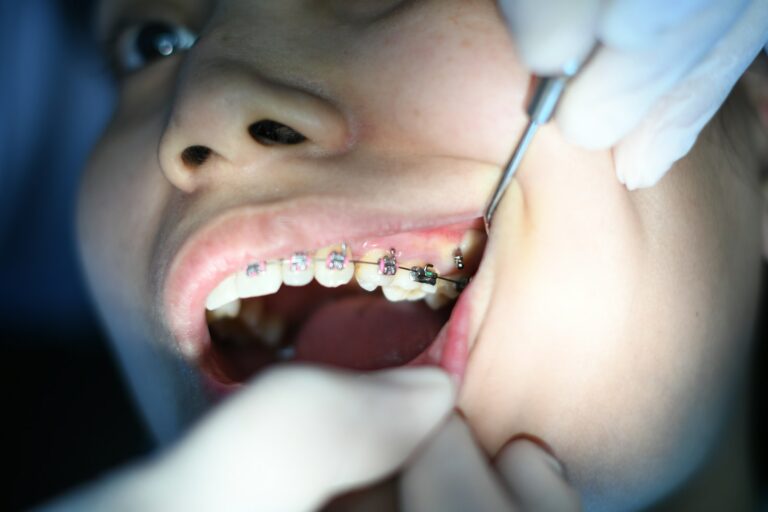Best Toothbrush and Floss for People with Orthodontic Braces
When you have braces, keeping your teeth clean isn’t just about fresh breath and a white smile—it’s a critical part of protecting your oral health during treatment. Food particles, plaque, and bacteria love to hide around brackets and wires, making brushing and flossing more important than ever. But not all dental tools are created equal. Let’s explore the best toothbrushes and flossing options for people with braces so you can maintain a clean, healthy smile from day one.
Why Oral Hygiene Is So Important with Braces
Wearing braces creates a unique environment in your mouth that requires extra care and attention. The brackets, wires, and bands that make up your braces form additional surfaces where food particles and plaque can accumulate. These areas are difficult to clean with regular brushing alone, which increases the risk of oral health issues.
Without proper hygiene, plaque buildup around braces can lead to:
- Tooth decay and cavities, especially near the edges of brackets
- Gum disease, such as gingivitis and swelling or bleeding of the gums
- White spot lesions, which are early signs of enamel demineralization and can leave permanent marks
- Bad breath caused by trapped food and bacteria
- Prolonged treatment time due to inflammation or damage that interferes with tooth movement
Maintaining excellent oral hygiene while wearing braces ensures not only that your treatment progresses smoothly, but also that your teeth and gums stay healthy during and after orthodontic care. This extra effort will help you achieve a beautiful, lasting smile once the braces come off.
Best Toothbrushes for Braces
1. Orthodontic Manual Toothbrush
A soft-bristled manual toothbrush specifically designed for braces can be very effective. Look for:
- A small head to reach tight areas
- V-shaped or notched bristles to clean around brackets
- Soft or ultra-soft bristles to prevent gum irritation
Manual brushes give you a lot of control and are especially good for touch-ups during the day.
2. Electric Toothbrush (Recommended)
Electric toothbrushes are a favorite among orthodontists for their ability to remove plaque more efficiently. Features to look for:
- A round, oscillating head that can move between brackets
- Built-in timer to ensure you brush for the full two minutes
- Pressure sensors to protect your gums
Brands like Oral-B and Philips Sonicare offer orthodontic-friendly brush heads that are gentle yet effective.
3. Interdental Brushes (Proxy Brushes)
These tiny brushes are perfect for cleaning between brackets and under wires where regular bristles can’t reach. They come in various sizes and are easy to carry on the go.
Use them:
- After meals to remove trapped food
- Before bedtime as part of your nighttime routine
They’re not a replacement for brushing or flossing, but a great addition to your toolkit.
Best Flossing Options for Braces
1. Orthodontic Floss Threaders
Traditional flossing with braces is tricky—but floss threaders make it possible. These are small, flexible loops that help guide floss underneath the archwire.
Steps:
- Pull the floss through the loop
- Guide the threader under the wire
- Floss gently between teeth
It takes a little more time, but it’s an effective method when done thoroughly.
2. Super Floss
Super floss is designed with a stiff end, a spongy middle section, and regular floss all in one. It’s especially helpful for braces because:
- The stiff end slides easily under wires
- The spongy part cleans around brackets
- The regular floss finishes the job between teeth
It’s pre-cut and convenient, making flossing less of a chore.
3. Water Flosser (Highly Recommended)
If flossing feels too tedious, a water flosser like the Waterpik can be a game-changer. It uses a stream of water to blast away food and plaque around braces and gums.
Benefits include:
- Easy to use, especially for teens
- Gentle on sensitive gums
- Reaches places traditional floss can miss
While it shouldn’t completely replace string floss, it’s a powerful supplement—especially for those who struggle to floss daily.
Pro Tips for Brushing and Flossing with Braces
- Brush after every meal, or at least twice a day
- Use fluoride toothpaste to strengthen enamel
- Replace your brush or brush head every 3 months, or sooner if bristles are worn
- Rinse with mouthwash to kill bacteria and freshen breath
- Stay consistent—good hygiene habits now prevent problems later
Final Thoughts
Taking care of your teeth with braces takes a little more effort, but the payoff is huge. Choosing the right toothbrush and flossing tools can make all the difference in preventing cavities, protecting your gums, and keeping your treatment on track.
Whether you prefer manual or electric brushes, traditional floss or water flossers, what matters most is using them correctly and consistently. Your future smile depends on it!
